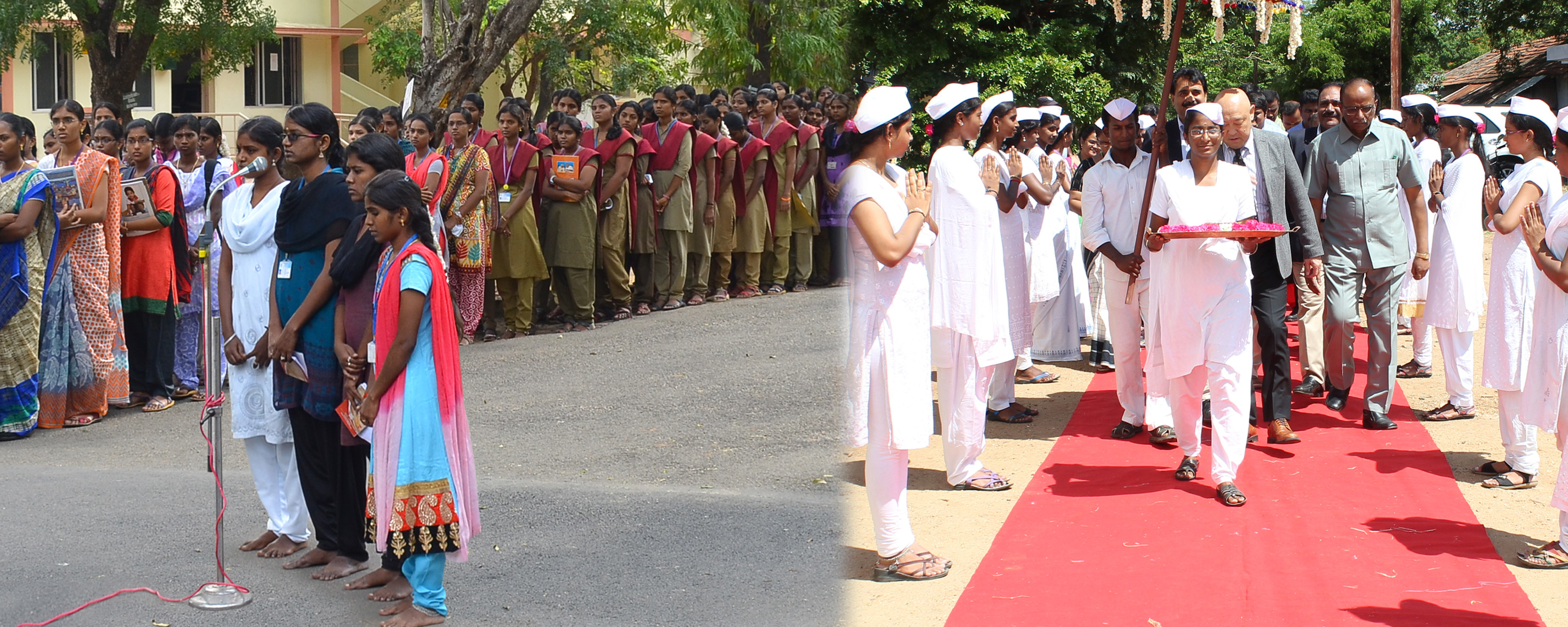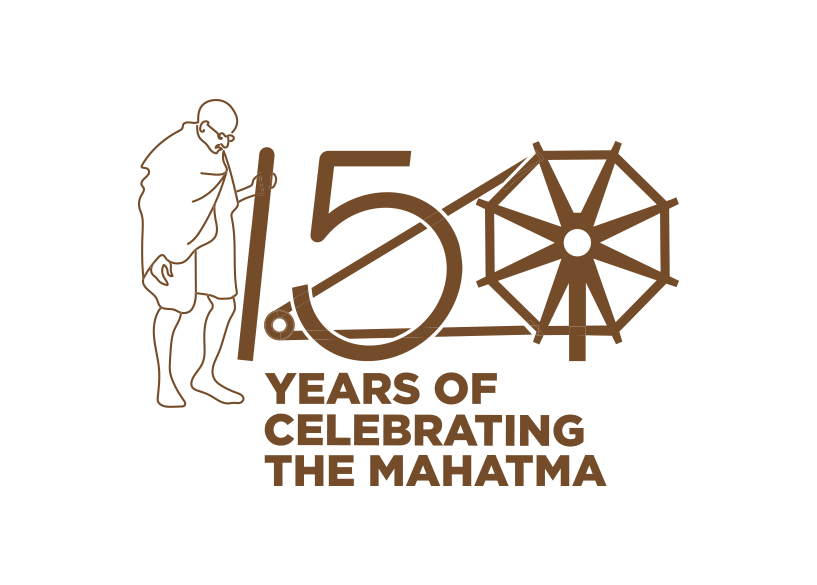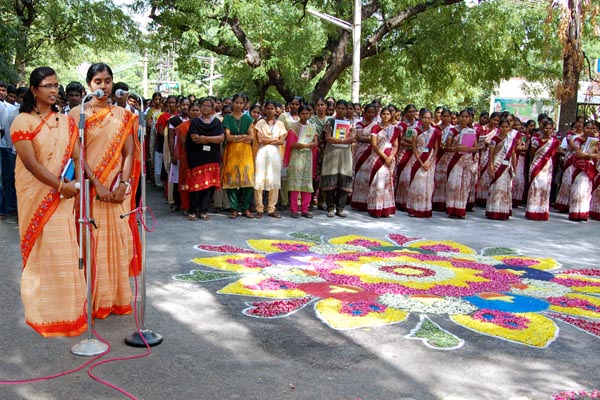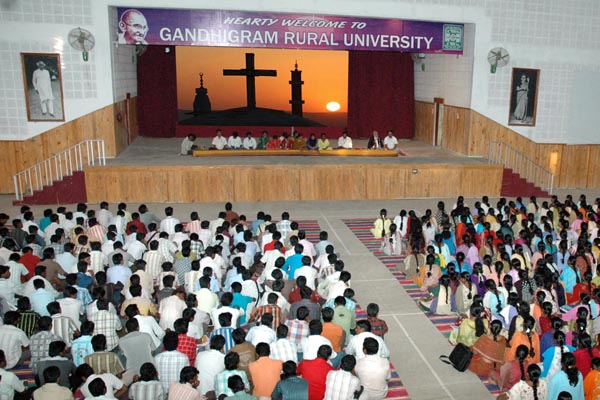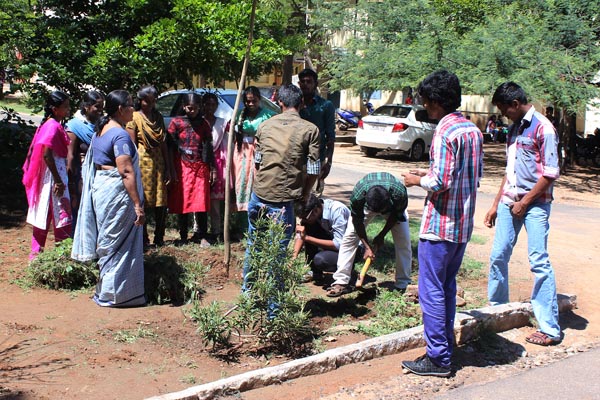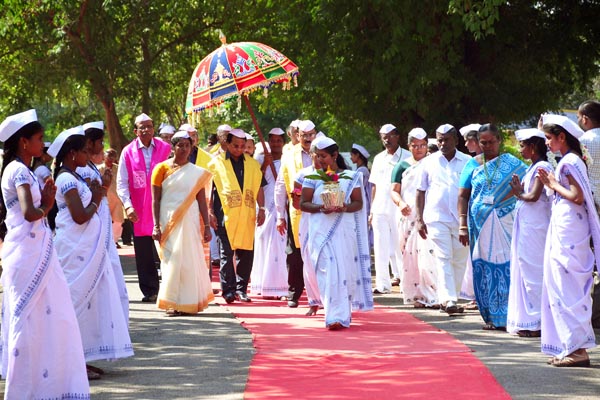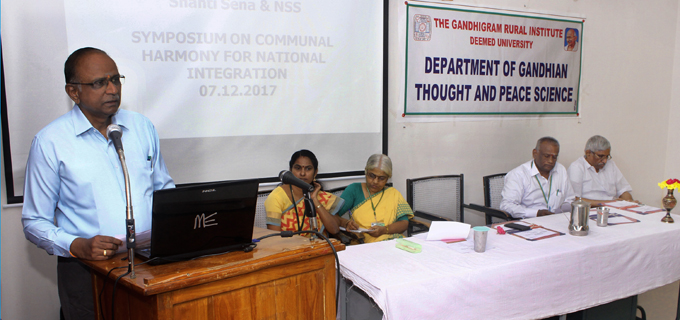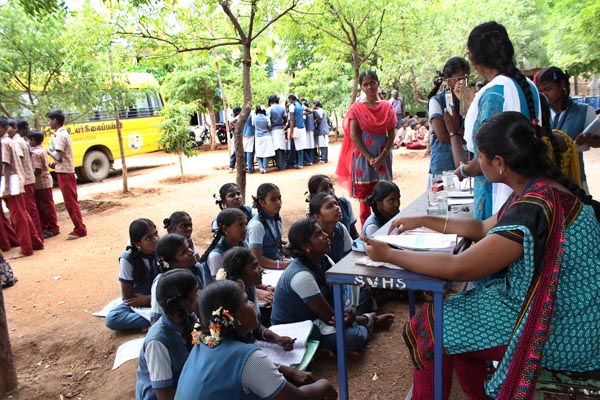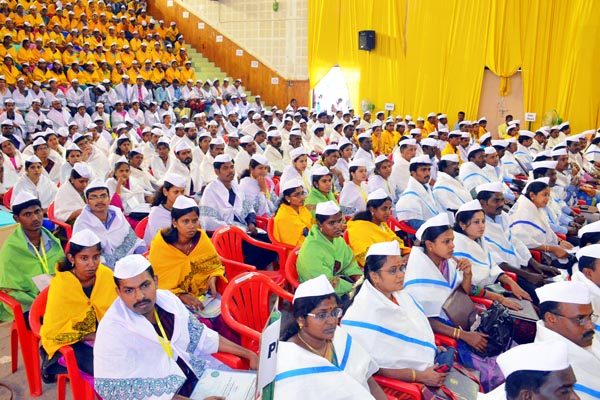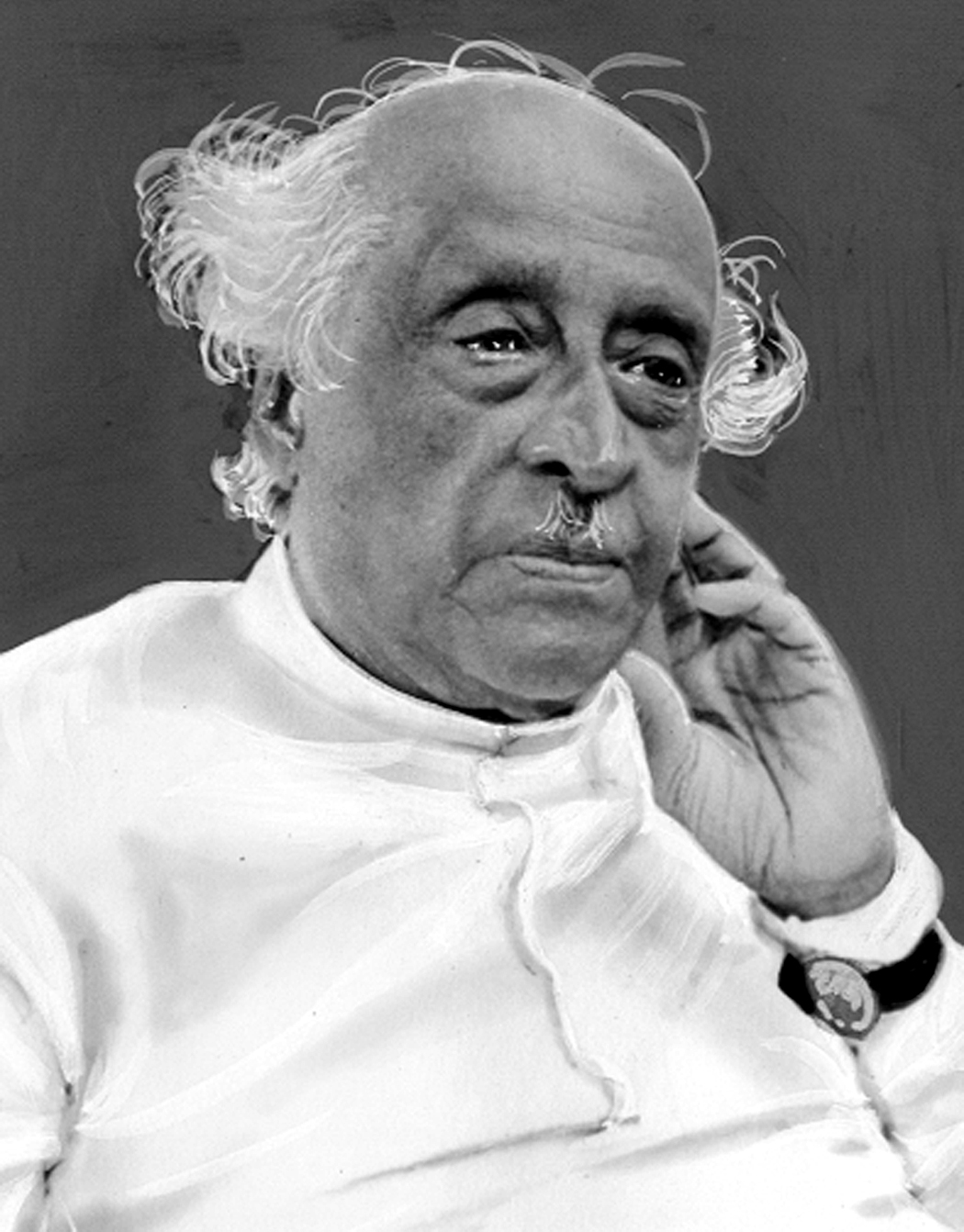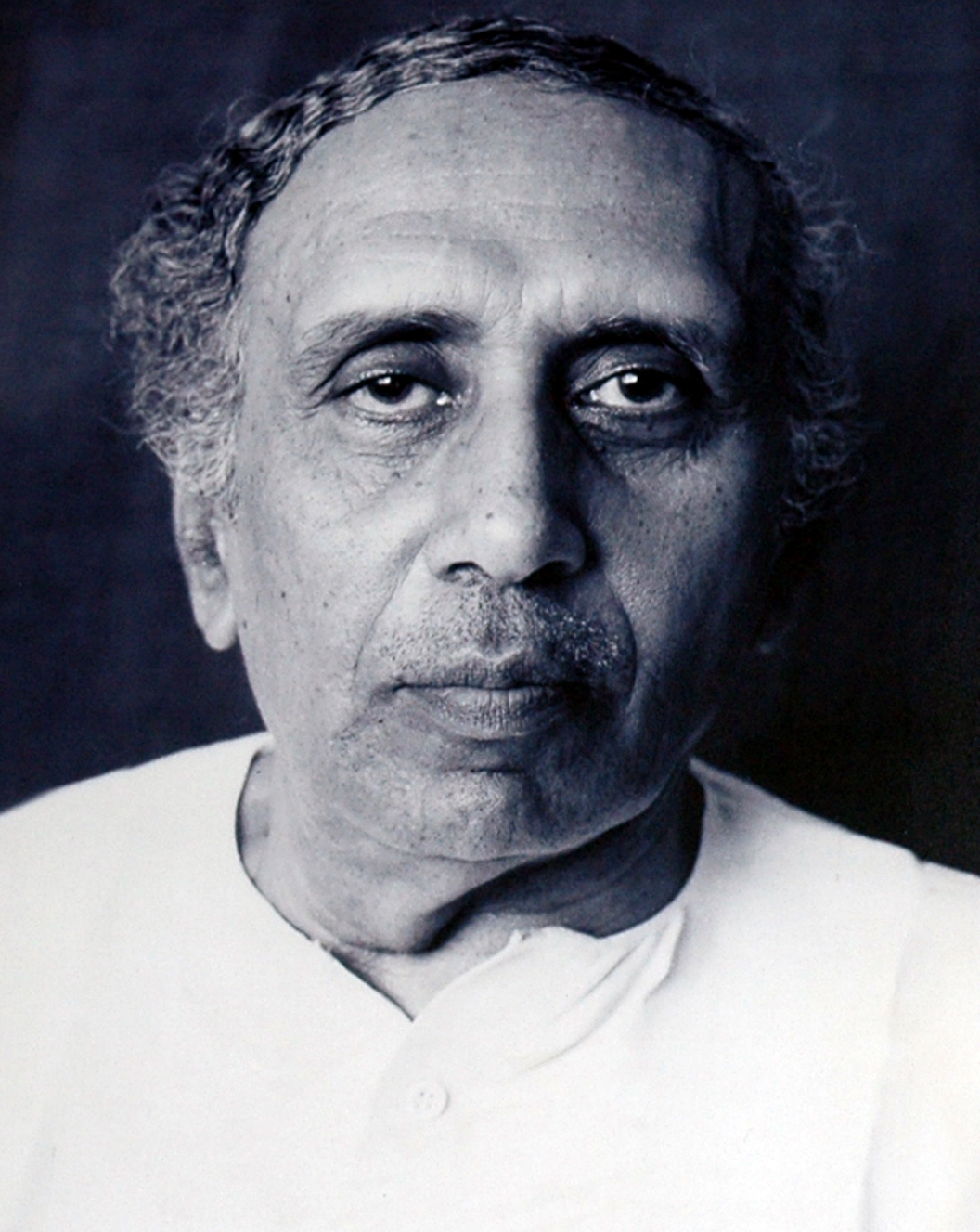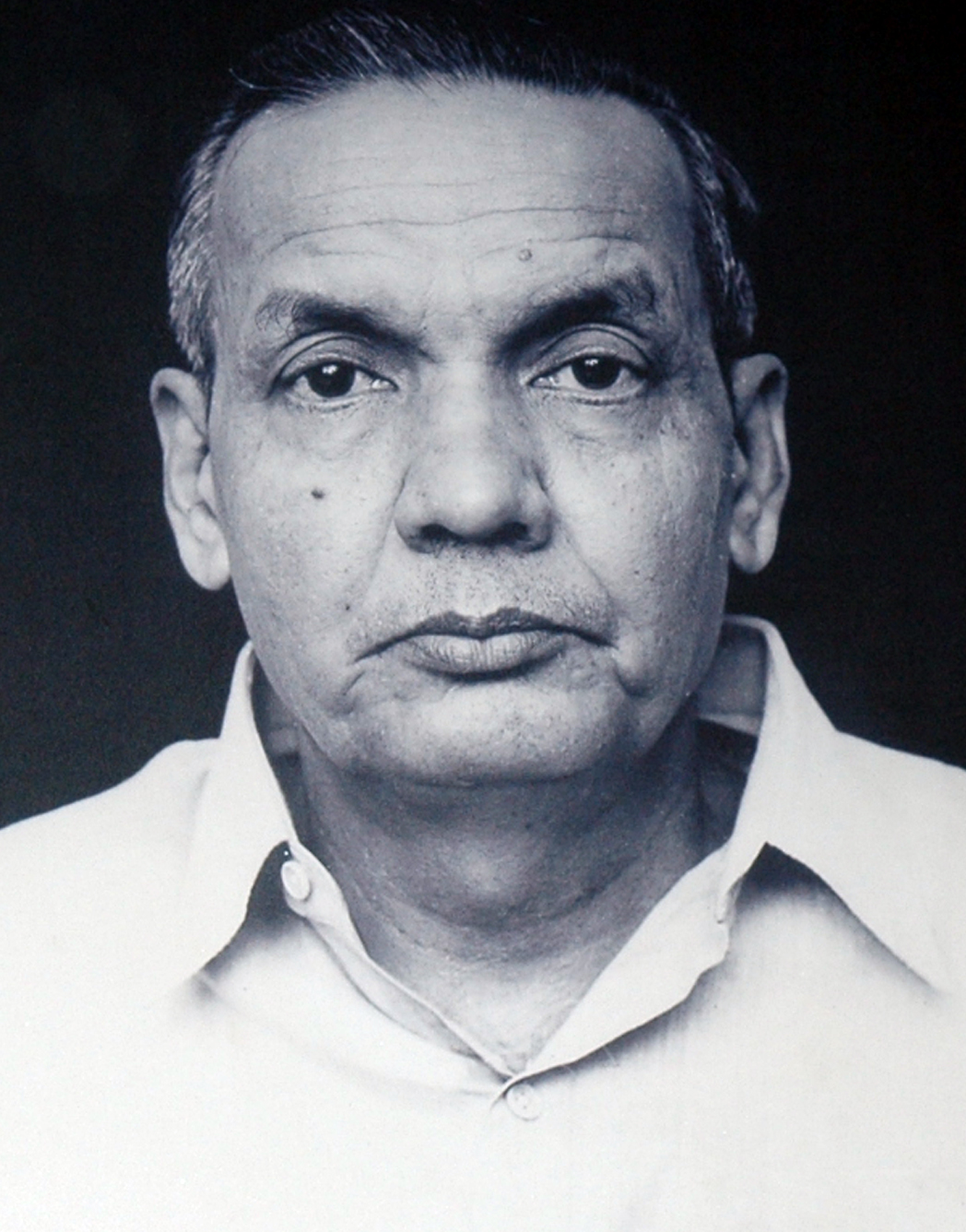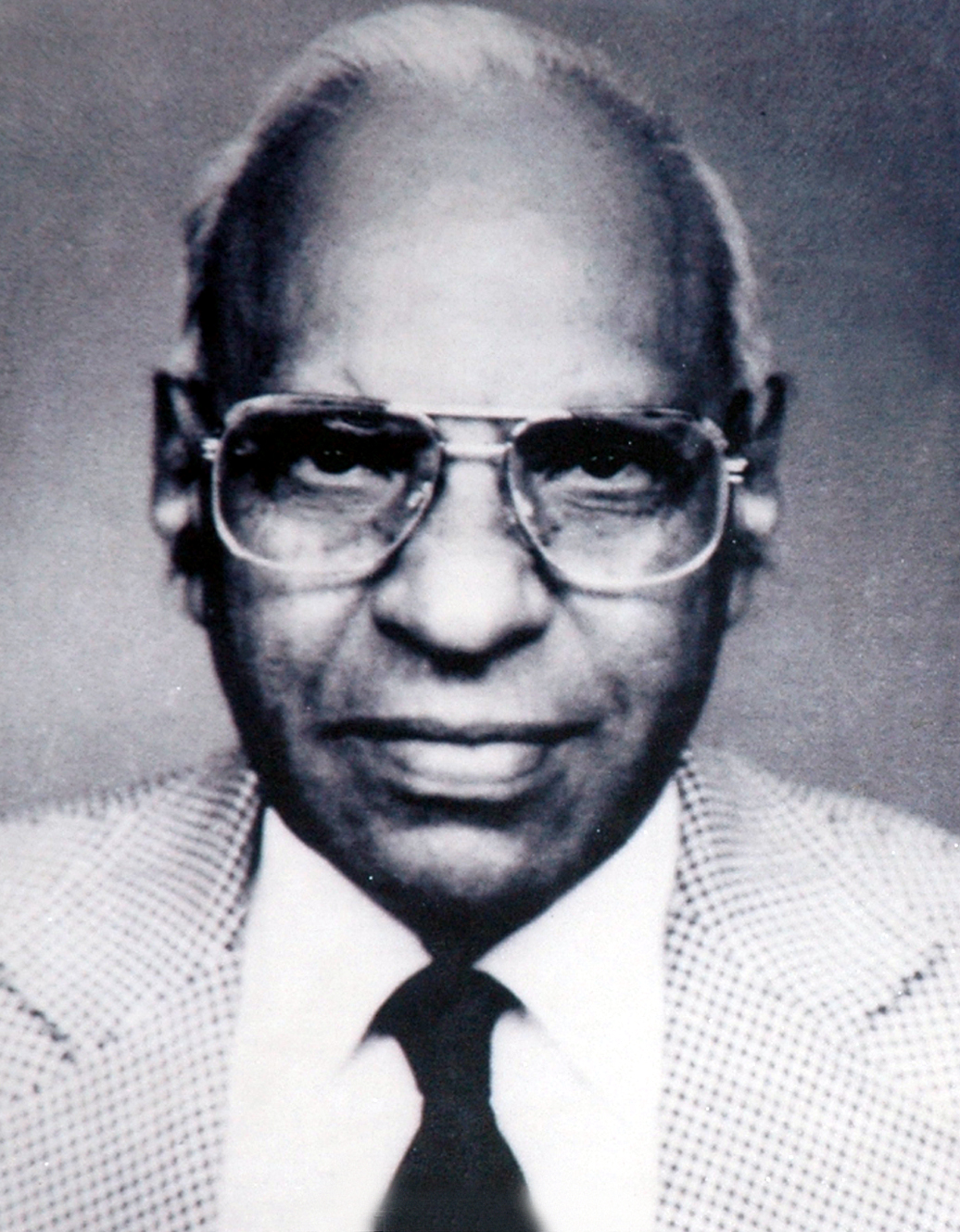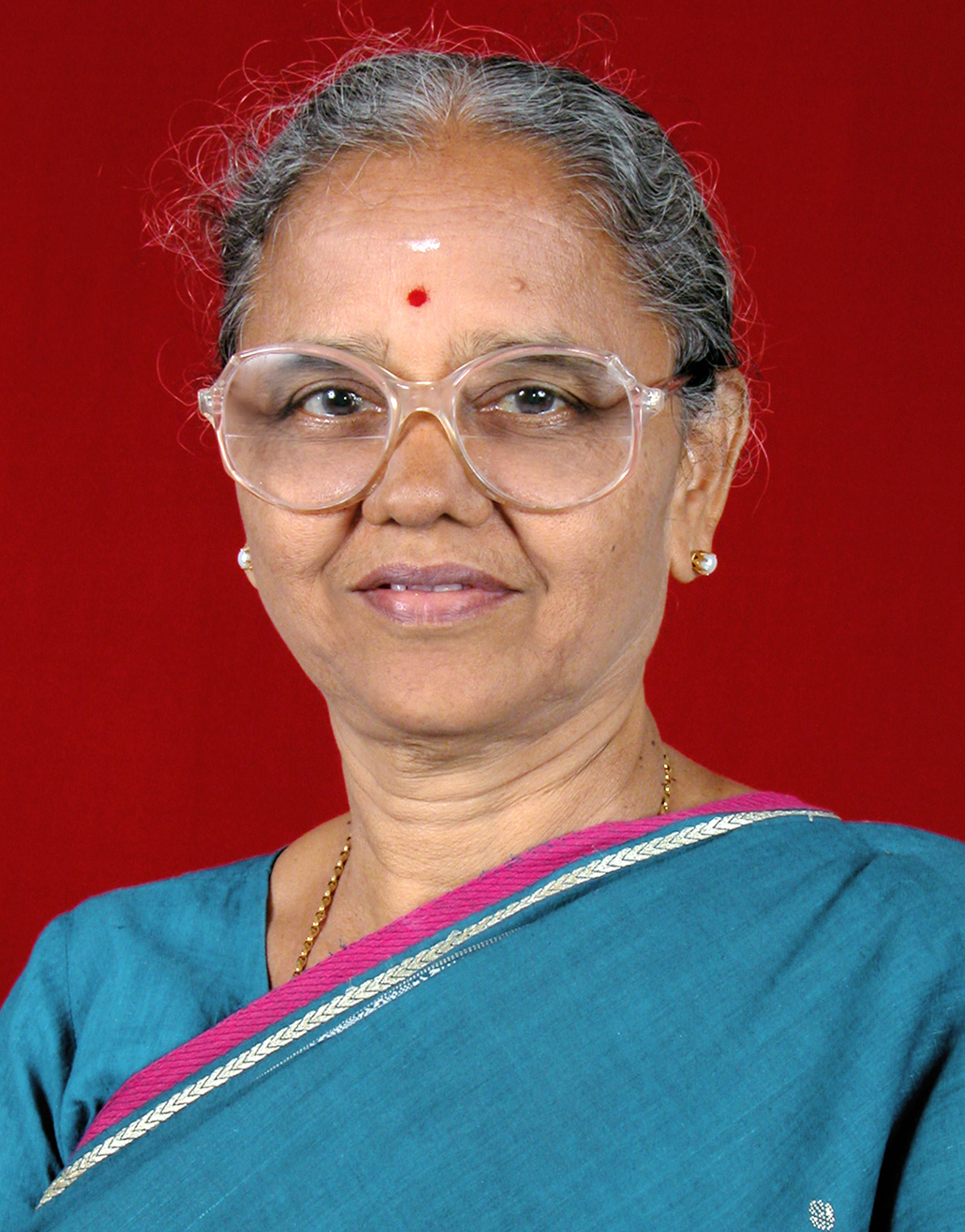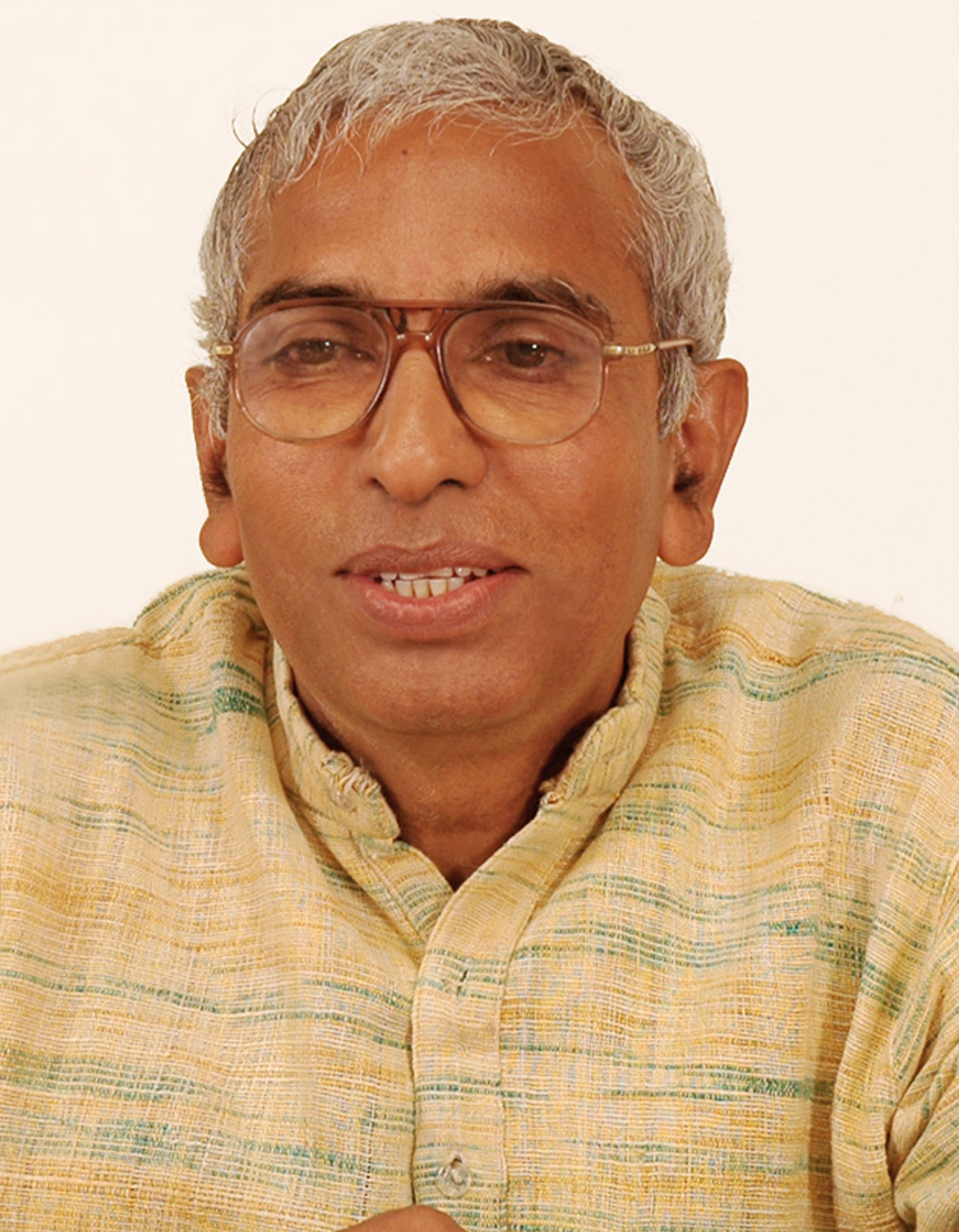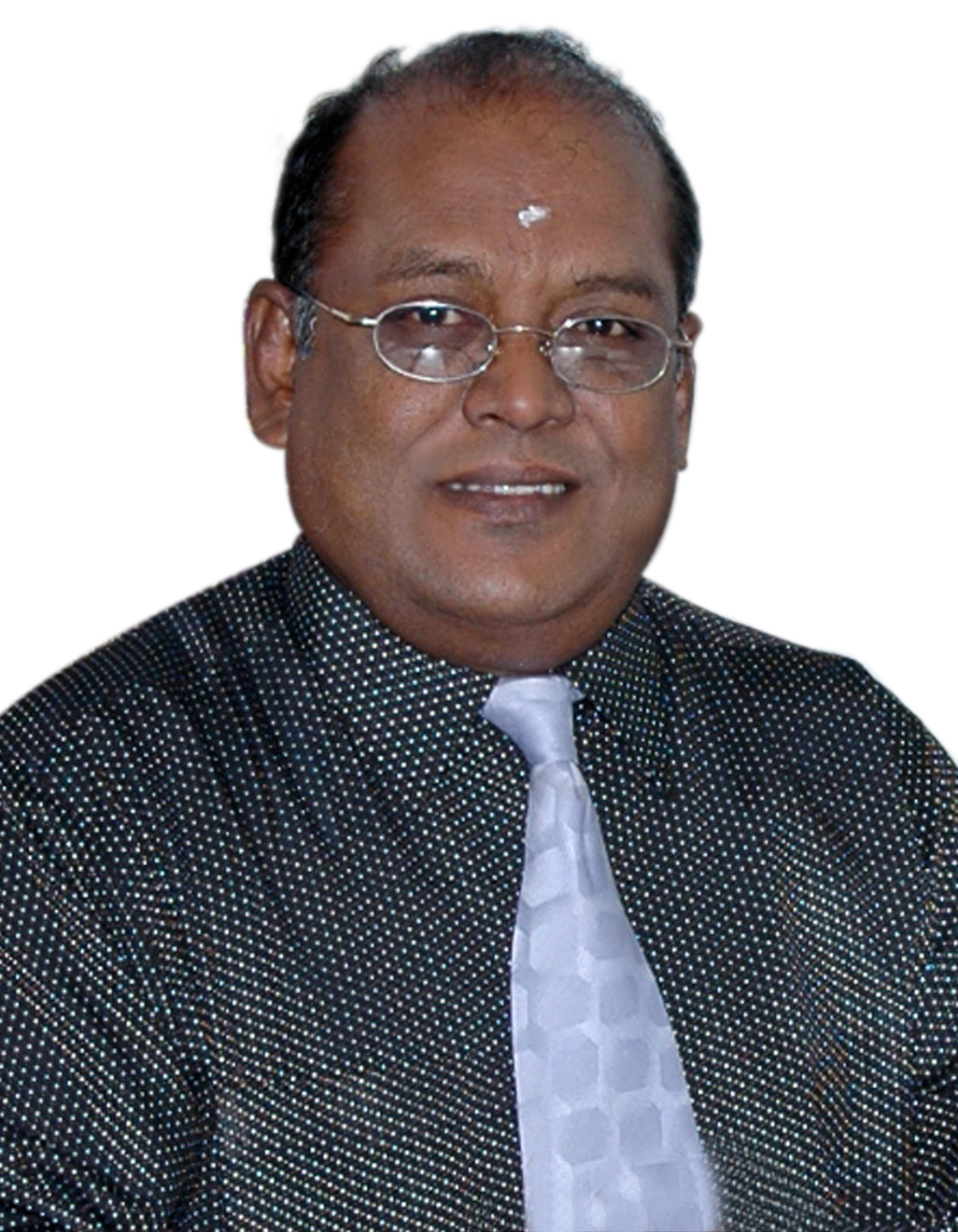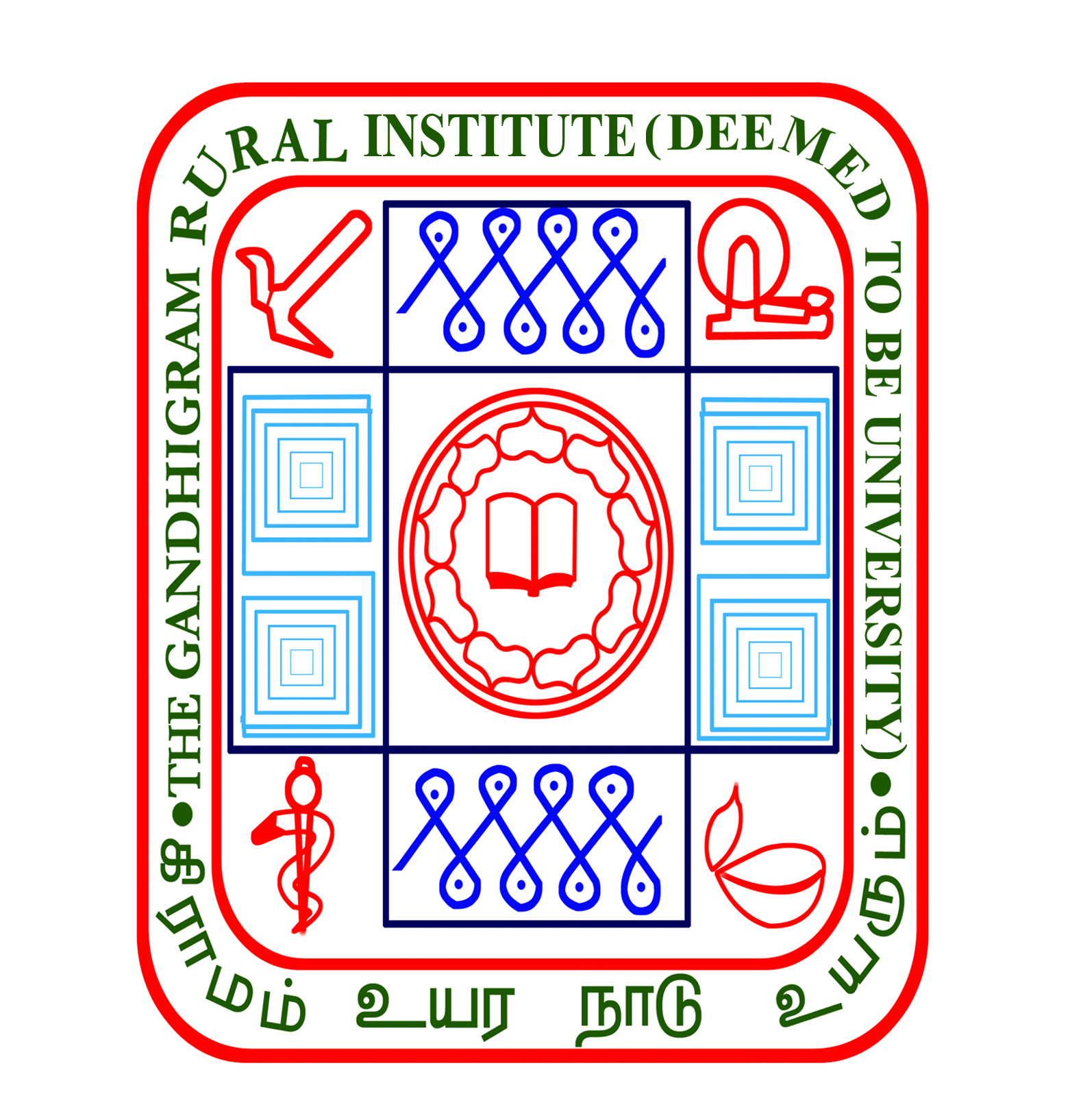Gandhigram is nestled in the valley formed between the imposing Sirumalai Hills on its east and breath-taking Kodai Hills on its West. It is located about 10 kilometers South of Dindigul town and 55 kilometers north of the temple city of Madurai. Chinnalapatti village famous for handloom sarees is 2km away.
Because of its proximity to the Sirumalai Range of Hills, GRI Campus too shares many of the bio-geo characteristics of the former. Thanks to Sirumalai Hills, pleasant weather and evening cool breeze persist all around the year. The greenery of the mountain in mirrored in the thick vegetation on campus. The rocky subterranean formation of the campus is the extension of the Sirumalai mountain, on whose foothills GRI is sited. On the biological front, the rich bio-diversity of the Sirumalai Range is reflected on GRI campus in the form of diverse breeds and variegated species of flora and fauna. GRI is home to an astonishing number of varieties of trees, plants, butterflies, birds and insects. The campus receives copious rains during the September-November period, thanks largely to the north-east monsoon. It is also a marginal beneficiary of South-West monsoon during the June-August period. These rains have blessed the GRI Campus with reasonable density of vegetation, as evidenced by that fact that all the arterial roads of the campus are lined with big trees on both sides and that the entire campus is dotted with trees, shrubs and bushes.
The campus of GRI also has many historic sites and monuments of its own.
As one enters the GRI campus, they will be greeted with a small foundation stone standing testimony to the historic event of Mahatma Gandhiji's famous halt.When the villagers in the nearby areas stopped a train,upon learning that Mahatma Gandhi was travelling in it, Gandhiji yielded to the gentle but forceful love of the people and came out of the train to greet the gathering. People were very pleased to have had a sight of Gandhiji and dispersed quietly thereafter. As history would have it, this place was later suggested by Gandhiji, when two of his disciples, S.Soundaram and G. Ramachandran (the founding members of Gandhigram) wanted to go south and serve the people. Thus germinated Gandhigram!
Upon entering the campus there is a vast peepal tree under which is located the bell tower. This tower marks the inaugural moments of GRI, when the then Prime Minister Pandit Jawaharlal Nehru swung the rope connecting the tongue of the bell to declare 'open' GRI.
Situated immediately after the bell tower (on the southern side) is another notable building called the Constructive Programme Museum (click here to learn more about the Museum). Students from the schools near and far from GRI visit this Museum regularly.
On turning the first left, upon entering the campus one would reach a small hut like structure where Nehruji stayed whenever he visited GRI. The same building now houses the IQAC of GRI.
On the extreme west of the campus is the big pond, serving as the water recharging source of the campus. This was dug as part of the national level NSS Camp in the late 1970s during which volunteers who had gathered from the length and breath of the country rallied around the leadership of renowned Gandhian DrSubbanna and dedicated their labour resulting in the creation of this pond.
Just next to the pond and close to the Department of Cooperation is the massive Banyan tree fondly called Buddha Park. Many open door classes and training session happen here. The sight of student of post-graduate programmes attending classes under benign shadow of this tree is a standing testimony to the simplicity and practicality that GRI cherishes.
Besides these, Gandhigram has recently developed an Energy Park, that houses all kinds of renewable energy generators, such as Wind Mills, Solar Panels etc. This is another sought after place for the school students in the District of Dindigul.
Just few meters past The Energy Park, is the in-house RO (Reverse Osmosis) Unit that processes drinking water. This unit supplies the Drinking water for all the departments, hostels and staff quarters, thereby ensuring that there is germ-free safe drinking water for all on campus.
Connectivity
Gandhigram Rural Institute is well connected by road and trains. Air connectivity however is provided by the International Airport located in Madurai city, at a distance of 50kms. Located on the Madurai-Dindigul four-lane National Highway, GRI is away from the nearest town, Dindigul (located on the south to the campus) by 10km and from the nearest city Madurai (located north to the campus) by 40kms. Resultantly, road connectivity is at it best, as commuting by bus, taxi and own car to reach GRI is the easiest. GRI is well connected by train with most of the south bound trains halting at Dindigul Junction or at Ambaturai Railway station located some 2KMs away. Almost all the passenger trains and Pandian Superfast Express have a scheduled halt at Ambatturai Station, whereas for all other Express Trains, Dindigul is the alighting point, to reach Gandhigram.
On Campus Accommodation
GRI has on-campus accommodation in the form of Guest House( Click here to learn more about the Guest House). Different types of rooms namely, Suite, Deluxe AC and Ordinary AC/non AC rooms are available in the Guest House.For those who prefer off-campus accommodation, there is a wide range of Hotels (from 3 Star to Budget Hotels) to choose from in the nearby town of Dindigul.
